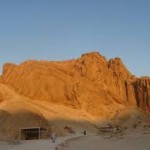
The Valley of the Queens is a place in Egypt where wives of Pharaohs were buried in ancient times. In ancient times, it was known as Ta-Set-Neferu, meaning –‘the place of the Children of the Pharaoh’, because along with the Queens of the 18th, 19th and 20th dynasties (1550–1070 BCE) many princes and princesses were […]
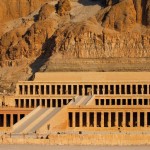
The Valley of the Kings is a valley in Egypt where, for a period of nearly 500 years from the 16th to 11th century BC, tombs were constructed for the Pharaohs and powerful nobles of the New Kingdom (the Eighteenth to the Twentieth Dynasties of Ancient Egypt) The valley stands on the west bank of […]
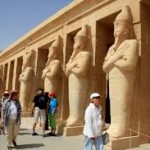
Hatshepsut (or Hatchepsut, pronounced meaning Foremost of Noble Ladies, (1508–1458 BC) was the fifth pharaoh of the eighteenth dynasty of Ancient Egypt. She is generally regarded by Egyptologists as one of the most successful pharaohs, reigning longer than any other woman of an indigenous Egyptian dynasty. Although poor records of her reign are documented in […]
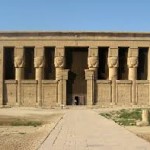
The Temple of Dendara was known as the ‘Castle of the Sistrum’ or ‘Pr Hathor’ – House of Hathor. Hathor was the goddess of love, joy and beauty. With the exception of its supporting pillars, which had capitals sculpted in the image of Hathor and were defaced by the Christians, the walls, rooms and roof […]
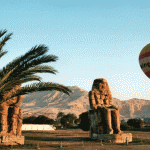
Colossi of Memnon The Colossi of Memnon (known to locals as el-Colossat, or es-Salamat) are two massive stone statues of Pharaoh Amenhotep III. For the past 3400 years (since 1350 BC) they have stood in the Theban necropolis, across the River Nile from the modern city of Luxor . Description The twin statues depict Amenhotep […]
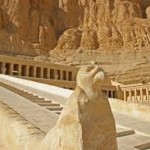
Deir el-Bahari { West Bank In Luxor } Deir el-Bahari or Deir el-Bahri is a complex of mortuary temples and tombs located on the west bank of the Nile, opposite the city of Luxor, Egypt. The first monument built at the site was the mortuary temple of Mentuhotep II of the Eleventh dynasty. During the […]
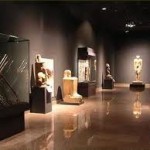
Luxor Museum Luxor Museum is located in the Egyptian city of Luxor (ancient Thebes). It stands on the corniche, overlooking the west bank of the River Nile, in the central part of the city. Inaugurated in 1975, the museum is housed in a small, purpose-built building. The range of artifacts on display is far more […]
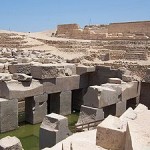
Abydos is one of the most ancient cities of Upper Egypt, and also of the eight Upper Nome, of which it was the capital city. It is located about 11 kilometres (6.8 mi) west of the Nile at latitude 26° 10′ N, near the modern Egyptian towns of el-‘Araba el Madfuna and al-Balyana. The city was called […]
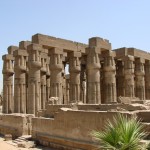
Luxor Temple is a large Ancient Egyptian temple complex located on the east bank of the Nile River in the city today known as Luxor (ancient Thebes) and was founded in 1400 BCE. For centuries Thebes was once known as the capital of the known world.Known in the Egyptian language as ipet resyt, or “the […]

The Karnak Temple Complex , comprises a vast mix of decayed temples, chapels, pylons, and other buildings. Building at the complex began in the reign of Sesostris I in the Middle Kingdom and continued into the Ptolemaic period, although most of the extant buildings date from the New Kingdom. The area around Karnak was […]
